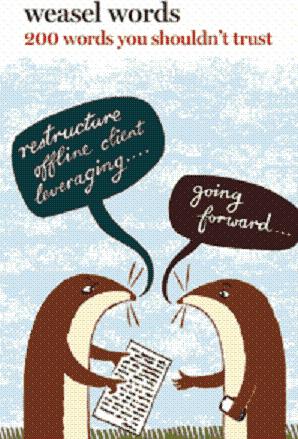Posts Tagged ‘Business Writing’
They flouted their disregard for the laws concerning proper disposal of hazardous waste.
Oh, he’s just playing politics. He’s flaunting the state’s constitution to push a political agenda, but what he’s trying to do won’t hold up under legal scrutiny.
In the examples shown above, flouted should be flaunted, and flaunting should be flouting.
Recently I’ve run across these and many similar misuses of the words “flout” and “flaunt” in print, online and on the radio. It seems as though a lot of people have only a fuzzy idea of the difference between flout and flaunt, so I think it’s worth taking a moment to talk about them.
asd;
Flout

Unfortunately, dogs can't read ... This one enjoys taking a stroll at Kerrycroy near a sign that states “No dogs.” Where is the dog’s rule-flouting owner? (Click image for source and credit)
To flout is to ignore or defy authority, or to treat laws with contemptuous disregard and scorn. It can also mean to mock or insult someone, or treat someone with contempt.
Brazen defiance and deliberate offense are contained in the notion of flout. If someone chooses to flout a rule or law or social convention, for example, their act shows a certain brash arrogance toward others. Why? Because to flout is to challenge and to affront, all while in the act of making one’s disdain plainly evident.
You can see, then, that the sentence beginning with “they flouted their disregard …” makes no sense, because it means the people in question ignored their disregard or treated it with contempt. By contrast, the correct word, flaunted, means they proudly or ostentatiously displayed their disregard in front of others in a way that indicated they mocked the laws.
as;a
Flaunt
To flaunt means to ostentatiously display oneself or something, or to parade in a showy and public way, often with the intent to inspire envy in others.
Flaunt contains an element of strut and swagger, of grandstanding and shameless spectacle. Those who flaunt engage in a theatrical, flashy exhibition that is intended to impress others in some dramatic way.
Consider the sentence that opens with “he’s flaunting the state’s constitution ….” In that case, the rest of the sentence indicates that the politician in question is not trying to show off or pretentiously parade any part of the constitution to his advantage. Rather, by attempting to defy or ignore it in order to further his agenda, he is flouting the state’s constitution.
Writers, readers and listeners, are you among those who have been flouting when you should flaunt, and vice versa? If so, maybe now is the time to draw a clear distinction between the two in your own mind, and then do your part to stop the epidemic of misuse of flaunt and flout.
Talkback: Have you found examples of misuses of flout and flaunt? Do you have any favorites? Now is your chance to weigh in on this topic and share your insights, anecdotes and stories by leaving comments. Thanks! Elizabeth Lexleigh lexpower The Write Ideas



